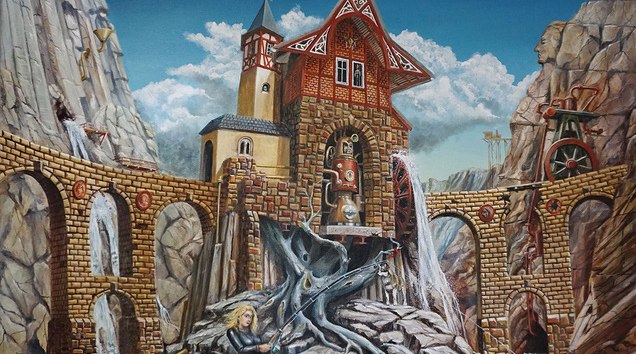The district of Bad Doberan was and is an important place for art in Mecklenburg thanks to the Heiligendamm technical college, as witnesses of the time will tell you.
Art in the GDR was characterized by the tense relationship between individual expression and state regulation. Artists had to be members of the Association of Visual Artists of the GDR in order to receive commissions and funding, although membership offered certain freedom and scope for action.
The promotion of art for the purpose of creating the socialist subject was a constitutional reason of state.
Although the obvious state pressure disappeared with the end of the GDR in 1990, it was replaced by new political and economic constraints.
The event "Art of Change" explores the question of how professional art was created in the Bad Doberan district in the late GDR and after the upheavals of 1989/90. An introductory lecture will look at the structure of the GDR art scene and in particular the conditions at the Bad Doberan district council. The political events of the years of change in the district will also be discussed. This will be followed by a discussion with contemporary witnesses who will talk about their careers and their work in the GDR and the years of upheaval. In particular, the focus will be on the College of Applied Arts in Heiligendamm, which was one of the few colleges in the GDR to survive the 1990s before it was merged into the Wismar University of Applied Sciences in 2000.
The event "Art of Change" is a contribution of the literary association Ehm Welk-Haus e.V. to the program "Kultur stiftet Frieden" 2025 of the cultural initiative Bad Doberan.



